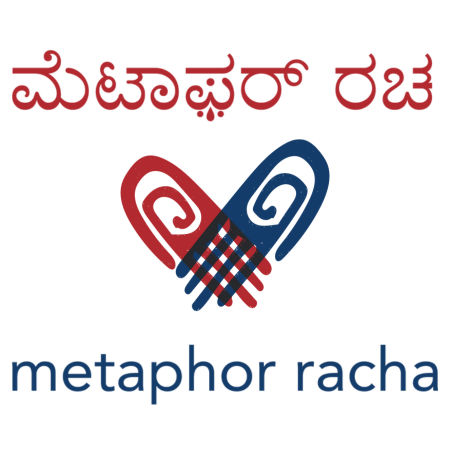MRP is not simply calculated by adding material cost to labor charges, it's more elaborate than that.
As a small craft-based for-profit business, we have tried to learn the importance of pricing that is closer to consumers perceived value without devaluing the product, audience demography, attention in adapting to market & technological changes, strengths at production, relevance & the purpose of selling, unique aesthetics & innovative presentation of products & most importantly in recognizing 'designing business' which is often neglected.
A simplified pie chart shows the rest of the tangible investment on every purchase of yours. As an example - a hand block printed, ambara charaka spun and handwoven cotton garment.
A] Direct material - Yarn, dye, blocks, starch, threads, oil, chalk, etc., (20%)
B] Direct labour - spinning, weaving, washing, dyeing, tailoring, block-printing, ironing, etc., (25%)
C] Direct overheads - Rent, electricity, water, internet, phone, etc., (7%)
D] Indirect overheads (material) - packaging, spare parts, stationery, equipment etc., (2%)
E] Indirect overheads (labour) - Office staff, accountants, photography etc., (2%)
F] Miscellaneous - Transportation, travelling, stay, food, R&D, etc., (2%)
G] Marketing - Cost of maintaining a website, advertisements, etc., (3%)
H] Fortuity - Medical emergencies, damage/loss of goods, etc., (2%)
I] Tax - GST as per product. (12%)
J] Profit - Our salary, staff/workers advance & bonus, and the rest gets ploughed back as working capital to continue working. (25%)
As a self-funded enterprise, we believe that the commercial approach can lead to economic empowerment for ordinary people to become problem solvers. We are still a work in progress & striving to bring the best value for your purchase. What you buy not only encourages our work but also you buy into the well-being of more than a dozen pair of hands. We request you to be a part of this shared responsibility.

